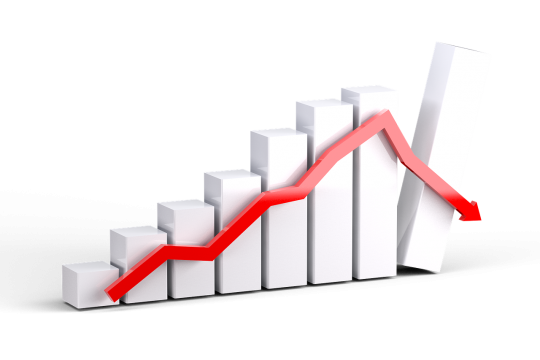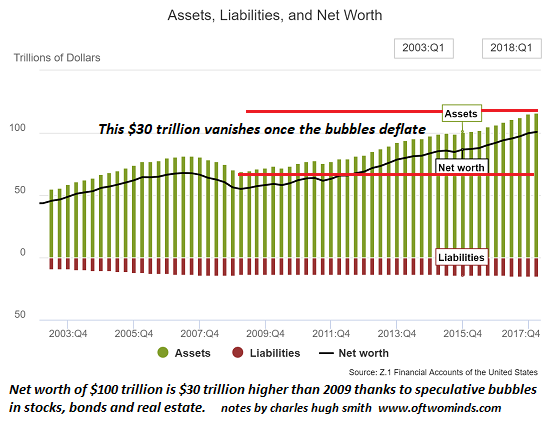 U.S. bonds have not fallen like this since Donald Trump’s stunning election victory in November 2016. Could this be a sign that big trouble is on the horizon for the stock market? It seems like bonds have been in a bull market forever, but now suddenly bond yields are spiking to alarmingly high levels. On Wednesday, the yield on 30 year U.S. bonds rose to the highest level since September 2014, the yield on 10 year U.S. bonds rose to the highest level since June 2011, and the yield on 5 year bonds rose to the highest level since October 2008. And this wasn’t just a U.S. phenomenon. We saw bond yields spike all over the developed world on Wednesday, and the mainstream media is attempting to put a happy face on things by blaming a “booming economy” for the bond crash. But the truth is not so simple. For U.S. bonds, Bill Gross says that it was a lack of foreign buyers that drove yields higher, and he says that this may only be just the beginning…
U.S. bonds have not fallen like this since Donald Trump’s stunning election victory in November 2016. Could this be a sign that big trouble is on the horizon for the stock market? It seems like bonds have been in a bull market forever, but now suddenly bond yields are spiking to alarmingly high levels. On Wednesday, the yield on 30 year U.S. bonds rose to the highest level since September 2014, the yield on 10 year U.S. bonds rose to the highest level since June 2011, and the yield on 5 year bonds rose to the highest level since October 2008. And this wasn’t just a U.S. phenomenon. We saw bond yields spike all over the developed world on Wednesday, and the mainstream media is attempting to put a happy face on things by blaming a “booming economy” for the bond crash. But the truth is not so simple. For U.S. bonds, Bill Gross says that it was a lack of foreign buyers that drove yields higher, and he says that this may only be just the beginning…
And, according to Gross, the carnage may not end here: “Lack of foreign buying at these levels likely leading to lower Treasury prices,” echoing what we said last week. And as foreign investors pull back from US paper, look for even higher yields, and an even higher dollar, which in turn risks re-inflaming the EM crisis that had mercifully quieted down in recent weeks.
I believe that Gross is right on target.
And Jeffrey Gundlach has previously warned that when yields get to this level that it would be a “game changer”…




















